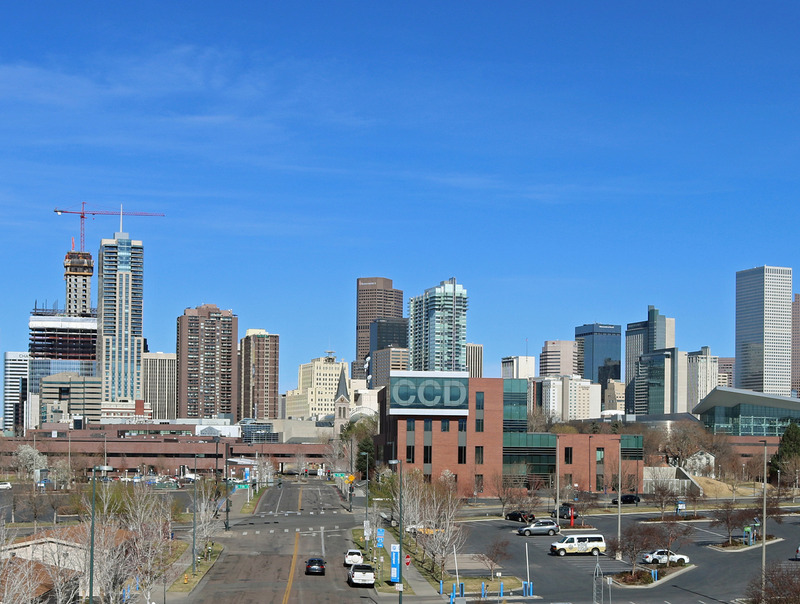The Local newsletter is your free, daily guide to life in Colorado. For locals, by locals.
In 2016, we reported on how climate change could affect the Centennial State. If trends continue Colorado’s average annual temperatures will be 2.5 degrees higher in 2050. A few degrees might not sound like much but, as Kasey Cordell reports, that temperature rise could severely alter our state’s water supply, agriculture, recreation, and way of life.
Add in the fact that Environmental Protection Agency Director Scott Pruitt is rejecting his own agency’s findings that carbon dioxide is a primary contributor to global warming, and it’s no surprise that Denver’s warm winter incited a quiet but acute panic in many of its residents. We looked at the data and spoke with experts from Colorado State University and the National Oceanic and Atmospheric Administration (NOAA) to find out if this concern is justified.

As with most things climate change, the answers quickly evolved from simple to complex, but the straightforward part is this: One winter in a single city—such as Denver—isn’t enough to show global trends. Both CSU professor Scott Denning and NOAA senior forecaster Chad Gimmestad agree that weather patterns had more to do with the Mile High City’s warm winter than climate change.
“You can’t really tell what the world is doing by looking out your window,” Denning says. “Weather comes and goes. We could still get two feet of snow in May.”
Go ahead and exhale, at least for a moment.

And now, that moment has passed. Because whereas last winter alone wasn’t enough to make meaningful conclusions, NOAA’s global data goes back as far as 1880, and it’s full of frightening statistics. The graph above shows average temperatures for all winter months only in Denver’s climate region. This past winter ranks as the region’s eighth hottest on record since 1895.
Earlier this year, NOAA reported that, “Since the start of the 21st century, the annual global temperature record has been broken five times (2005, 2010, 2014, 2015, and 2016).” It also found that over the past three years, global temperatures have reached record highs.
And yet, neither of the experts we spoke to told us that they’ve started to freak out.
“I’m not panicked, I think we’ll do the right thing,” says Denning. “We still have a chance to do something about it if we act quickly.”
But the question is how? One thing Denning is sure of is that the responsibility to quell global warming doesn’t rest solely on the United States cutting down on its emissions. Other top producers such as China and India will need to be involved as well.
An important first step was the Paris Agreement, which was signed in 2015 and bound all participating nations to take action that would curb global warming. When China and the United States together joined the agreement in 2016—bringing the total to 194 countries—Reuters called it “a major diplomatic achievement for [U.S. President Barack Obama],” as both nations combined produced about 38 percent of all global pollution (at the time).
On the campaign trail, President Donald Trump promised to pull the United States—the world’s largest economy and second-largest polluter—out of the Paris agreement. But a recent article in The New York Times highlighted a few key members of Trump’s White House, as well as senior Republicans such as Senator Bob Corker from Tennessee, who have voiced resistance to this action. The fear is that a withdrawal would lead to, as the Times writes, “undercutting the United States’ credibility on other foreign policy issues and damaging relations with key allies.”
Trump’s decision to stay or leave could be one of the most consequential he makes in the first months of his presidency. Politics aside, the issue of climate change isn’t going away.
“I don’t think [global warming] is a science question anymore,” Denning says. “Now, it’s a political question of…how do we handle this?”








